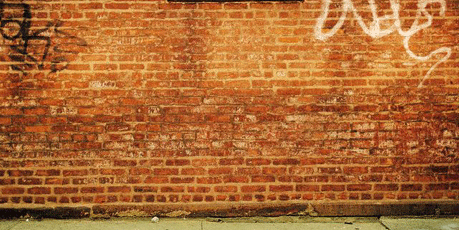A Review of the Toronto Urban Film Seminar
 |
What is the definition of urban?
Urban is a description that can circumscribe many ideals: It can describe a geographical location in a city, an advertising ploy directed towards young, rich up-starts who want to experience the downtown scene or an inclusionary catchphrase for the multicultural make-up of the newest Hip-Hop generation. Or, as panellist Adonis Huggins stated, “It has a connotation of negativity.”
But like the differences of opinion and intellect of the panellists at last Thursday’s Urban Film Seminar, a sponsored event by the Canadian Association of Black Journalists, it can be perceived as an impetus to start a fight. Forget the N-word; the U-word is just as volatile. Within the first fifteen minutes of the seminar, which was supposed to discuss the new trend of independent urban filmmaking, verbal sparring began when the panellists differed on the use of the word.
With the film-pitching season in full effect, attending the Summit was a chance to see what other Toronto-area filmmakers were producing. Hoping to get some ideas about technical issues and grant applications, I was looking forward to an informative evening. But because of the dynamics between certain panellists and a few questionable members of the audience, what could have been an educational event ended up in a shouting match.
Call it a struggle between the young and the old or the differing life experiences. Maybe it was a battle between the old school and the new school of Hip-Hop politics: those who grew up listening to Public Enemy and Boogie Down Productions and respect Dead Prez and music with empowering messages versus those who think that 50 Cent started the game (no pun intended). Maybe it was the philosophy between wanting to show ‘urban’ youth (I’ll get to that in a minute) in a productive, positive light versus showing rampant capitalism and greed.
Independent filmmaking is a chance to show the world a different perspective by documenting some of the societal issues, both positive and negative, that are happening in our communities. Panelist Elizabeth St. Philip, the director of the excellent documentary Breakin’ In, which followed the experiences of three aspiring hip-hop dancers, was the only female invited to discuss her work. Unfortunately, the same old issues of misogyny leaked into the air-conditioned meeting room at Metro Hall.
Joseph Galiwango, the moderator of the Seminar and himself a filmmaker, was unable to control his invited guests, as some of the opinions expressed were offensive to not only the female audience members but also to the black audience. Maybe it was Galiwango’s perceived inexperience in defending women or his inability to conjure up some quick responses to silence some of the panellists, which included legendary journalist and activist Norman ‘Otis’ Richmond (much respect!) and Big Apple, an American ‘hip-hop entrepreneur, i.e. “Pimp.” Adonis Huggins, the program director of the Regent Park Focus Community Center, created a video program for youth to learn about the media industry and presented an informative video of some of the projects that the community center had previously completed.
But to be honest, we have to understand what something means before we throw a label on it. And because of the arguments as to how inclusionary “urban” is without discussing racial co-optation and how it should be defined in regards to tackling inner-city stories, fleshing it out in a public forum full of diverse life experiences and philosophies can only lead to disaster.
| One guest, a young white man and a member of the hip-hop consortium that Galiwango documented as part of his “Living for Rap” film, responded when asked about his definition of urban was that it meant that it was to describe the multiculturalism of the hip-hop community. I took that as, “so I can put aside my white privilege for a hot minute and act like a thugged-out nigga.” Fair enough. But it depends on what you define as Hip-Hop. The same guy energetically applauded the film short from Big Apple, which included images of American Hip-Hop royalty at a recent Caribana parade, street scenes of American freestylers from New York City and tons of ‘shout-outs’ from American folks. His short, which I guess was the DVD version of a mixtape, was intermingled with Bling and close-up shots of black women’s butts encased in string thongs. I was a bit perplexed. |
|
What exactly was the point? Call me old, but true Hip-Hop does not require expensive jewelry and the objectification of black women – If I wanted to see that, I would just turn on BET. What about showing some Canadian acts?
After watching Big Apple’s short, I stood at the audience’s microphone and, after congratulating him on his editing skills, called him out for the video. “That was bullshit,” which ensued a verbal sparring between the director and myself. Whatever, I’ve been called out of my name before, but the worst part was that the young male attendees were egging him on. When I looked at the white guys cheering and the black boys with white t-shirts on their heads fashioned like do-rags, wearing t-shirts down to their knees, I felt like knocking their heads together for being so goddamn stupid. From Apple’s responses to other outraged female attendees and the support of the male audience members, I questioned their Zen-like fascination with American capitalism and the mentality that money is the only thing that matters.
And I didn’t even stay to hear Elizabeth St. Philip’s discussion because if I hadn’t left that very minute, I would have set the place on fire and, quite honestly, might have never dated another black man again. All on the eve of the Live 8 festival. Who da’ thunk?

